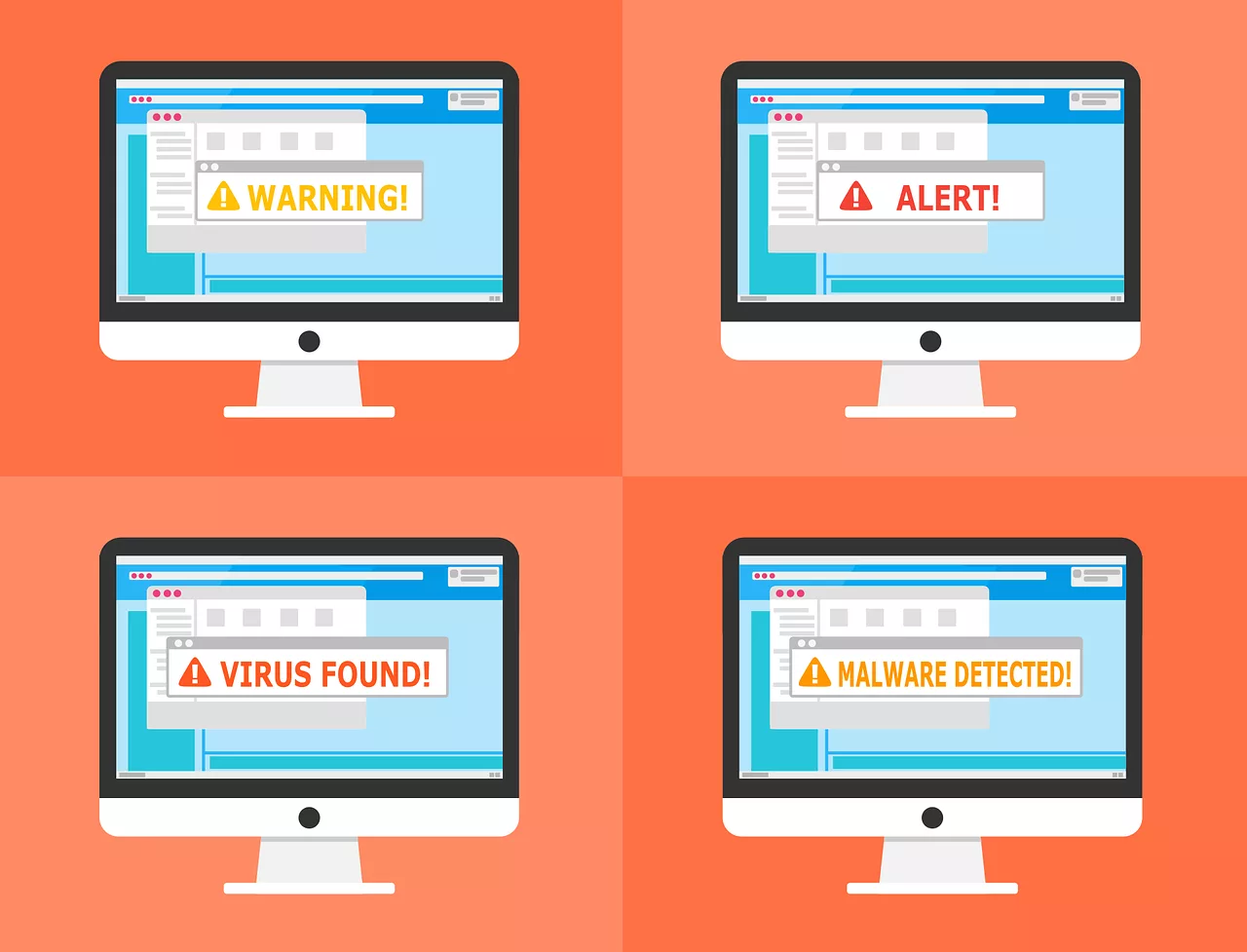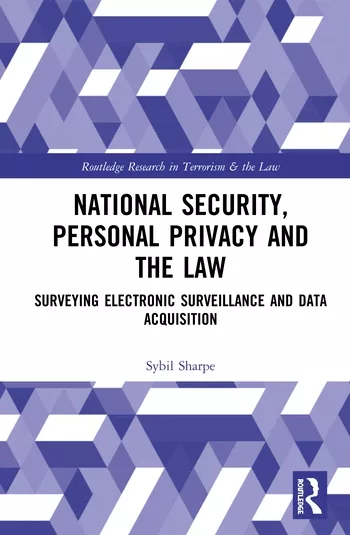CISA Informs the Financial Sector on Dridex Malware

The Cybersecurity and Infrastructure Security Agency (CISA) recently published an alert on the Dridex malware, as the result of recent collaboration between the Department of the Treasury Financial Sector Cyber Information Group (CIG) and the Department of the Treasury’s Financial Crimes Enforcement Network (FinCEN) to identify and share information with the financial services sector.
FinCEN and CISA are providing the report to inform about the Dridex malware and variants. The report provides an overview of the malware, related activity and a list of previously unreported indicators of compromise derived from information reported to FinCEN by private sector financial institutions. Because actors using Dridex malware and its derivatives continue to target the financial services sector, including financial institutions and customers, the techniques, tactics, and procedures contained in this report warrant renewed attention, says CISA.
Technical Details
The Dridex malware, and its various iterations, has the capability to impact confidentiality of customer data and availability of data and systems for business processes. According to industry reporting, the original version of Dridex first appeared in 2012, and by 2015 had become one of the most prevalent financial Trojans. CISA expects actors using Dridex malware and its derivatives to continue targeting the financial services sector, including both financial institutions and customers.
Dridex-related Phishing Attributes
According to CISA:
- Actors typically distribute Dridex malware through phishing e-mail spam campaigns. Phishing messages employ a combination of legitimate business names and domains, professional terminology, and language implying urgency to persuade victims to activate open attachments. Sender e-mail addresses can simulate individuals (name@domain.com), administrative (admin@domain.com, support@domain.com), or common “do not reply” local parts (noreply@domain.com). Subject and attachment titles can include typical terms such as “invoice”, “order”, “scan”, “receipt”, “debit note”, “itinerary”, and others.
- The e-mail messages vary widely. The e-mail body may contain no text at all, except to include attachments with names that are strings of numbers, apparently relying on the subject line and victim curiosity to coerce the opening of the malicious file. Where there is a message body, the body may specifically state that the contents of the e-mail underwent virus scanning or simply directs the victim toward the link or attachment. In other cases, the body may include a long, substantive message, providing multiple points of contact and context for the malicious attachment. Attachment and hyperlink names vary from random sets of numbers or imitation automatic filenames from scanners to filenames purporting to reference financial records. Attachments may or may not have direct references using the same file name or strings of numbers in the bodies of the e-mails.
Example Links and Filenames (Note: link information is representative. Italicized statements are automatically generated by the cloud storage provider. # represents a random number.):
- Link: HTTPS://WWW.GOOGLE[.]COM/URL?Q=HTTPS://WWW.(Cloud Services Provider)[.]COM/S/(Cloud Account Value) /RECENT%20WIRE%20PAYMENT %######.SCR?(Cloud Provided Sequence)
- Link: HTTPS://WWW.GOOGLE[.]COM/URL?Q=HTTPS://WWW.(Cloud Services Provider) [.]COM/S/ Cloud Account Value/AUTOMATEDCLEARINGHOUSE%20 PAYMENT####.DOC? (Cloud Provided Sequence)
- Link: Malicious File: ID201NLD0012192016.DOC
Dridex Malware and Variants
According to CISA, while Dridex is among the most prevalent sources of infection, previous variants and similar malware continue to represent a threat. Dridex is itself an improved variant of the Cridex and Bugat Trojans that preceded it, and it shares some of their codes. Although the previous variants’ theft activities operate in mostly the same way, the P2P communication aspects of Dridex improve its concealment and redundancy.
Ransomware
CISA notes that actors distributing Dridex likely employ ransomware with similar configurations:
- Code for BitPaymer, also known as Friedex, includes numerous similarities to Dridex, despite its function as ransomware rather than data extraction. The two malwares use the same mechanics for several functions, and the authors compiled the codes at nearly the same time. The ransomware distributed through these malwares has targeted U.S. financial institutions and resulted in data and financial loss.
- Locky ransomware operates using the same delivery method for the downloader, with similar subject lines and attachments. Attackers also use the same botnets to deliver both Dridex and Locky ransomware, sometimes simultaneously. Variants of Locky include Zepto and Osiris. Locky ransomware and its variants have a wide footprint, with varying impact depending on victim IT policies and practices and network configurations.
- Although the highest infection rates took place in late 2015 and early 2016, concurrent with Locky ransomware distribution, Dridex continues to impact numerous countries. The Dridex hackers appear to direct the majority of attacks at English-speaking countries. Cybersecurity industry reporting attributes Dridex, BitPaymer, and Locky campaigns, as well as other massive malware spam (malspam) campaigns to actors known alternately as Evil Corp or TA505. (Note: some cybersecurity industry reporting simply refers to the actors as “Dridex” or the “Dridex hackers.”) Actors distribute the malware via massive spam campaigns, sending up to millions of messages per day, although volume of messages varies widely.
Mitigations
Treasury and CISA encourage users and organizations to:
- Contact law enforcement immediately report regarding any identified activity related to Dridex malware or its derivatives. Please see contact information for FBI and CISA at the end of this report.
- Incorporate the indicators of compromise identified in this report into intrusion detection systems and security alert systems to enable active blocking or reporting of suspected malicious activity. Note that the above list is not a comprehensive list of all indicators associated with this activity.
- Report suspicious activity, highlighting the presence of “Cyber Event Indicators.” Indicators of Compromise, such as suspicious e-mail addresses, file names, hashes, domains, and IP addresses, can be provided under Item 44 of the Suspicious Activity Report (SAR) form. FinCEN welcomes voluntary SAR filing in circumstances where reporting is not required.
Recommendations for all Organizations
The following mitigation recommendations respond directly to Dridex TTPs:
- Ensuring systems are set by default to prevent execution of macros.
- Inform and educate employees on the appearance of phishing messages, especially those used by the hackers for distribution of malware in the past.
- Update intrusion detection and prevention systems frequently to ensure the latest variants of malware and downloaders are included.
- Conduct regular backup of data, ensuring backups are protected from potential ransomware attack.
- Exercise employees’ response to phishing messages and unauthorized intrusion.
- If there is any doubt about message validity, call and confirm the message with the sender using a number or e-mail address already on file.
Treasury and CISA remind users and administrators to use the following best practices to strengthen the security posture of their organization’s systems:
- Maintain up-to-date antivirus signatures and engines.
- Keep operating system patches up-to-date.
- Disable file and printer sharing services. If these services are required, use strong passwords or Active Directory authentication.
- Restrict users’ ability (permissions) to install and run unwanted software applications. Do not add users to the local administrators group unless required.
- Enforce a strong password policy and require regular password changes.
- Exercise caution when opening email attachments even if the attachment is expected and the sender appears to be known.
- Enable a personal firewall on workstations, and configure it to deny unsolicited connection requests.
- Disable unnecessary services on agency workstations and servers.
- Scan for and remove suspicious email attachments; ensure the scanned attachment is its “true file type” (i.e., the extension matches the file header).
- Monitor users' web browsing habits; restrict access to sites with unfavorable content.
- Exercise caution when using removable media (e.g., USB thumb drives, external drives, CDs).
- Scan all software downloaded from the Internet before executing.
- Maintain situational awareness of the latest threats.
- Implement appropriate access control lists.
- Exercise cybersecurity procedures and continuity of operations plans to enhance and maintain ability to respond during and following a cyber incident.
The National Institute of Standards and Technology (NIST) has published additional information on malware incident prevention and handling in their Special Publication 800-83, Guide to Malware Incident Prevention and Handling for Desktops and Laptops.
To read the full report, please visit CISA.
Looking for a reprint of this article?
From high-res PDFs to custom plaques, order your copy today!






